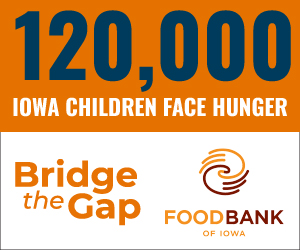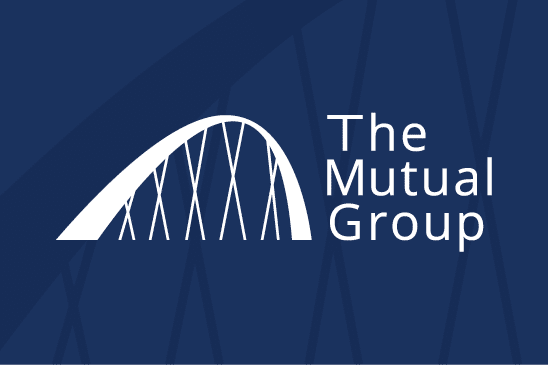Higher prices factor in

The outlook for the economy and the financial markets as we made the turn into 2011 was upbeat. The tax cuts had been extended, the economy was growing at its best rate since 2006, and the annual economic growth forecasts were being adjusted higher to 3.5 percent or better, levels not seen in years.
Underlying the optimism was an incredibly low 2010 inflation rate of 1.6 percent overall and 1 percent excluding food and energy, with more of the same predicted. Given the low interest rate environment, corporations were deemed likely to again increase profits at mid-teen percentage rates. The consumer was seen breathing a sigh of relief and spending again.
In a nutshell, despite the nagging issues of federal and state budget deficits, wars, housing and unemployment, the consensus for 2011 was prudently cautious but at the same time distinctly bullish.
The stock market broke quickly from the gate, and the Dow Jones industrial average was up 7 percent by Feb. 18. Other data points positively correlated, with the unemployment rate dropping below 9 percent, consumer sentiment at near post-recession highs and a rejuvenated manufacturing sector in tune with strong emerging-market economies. Amid the good news, however, some negative trends were developing with food and energy prices.
For much of 2010, crude oil was about $75 per barrel, but hovered around $90 by December. With the outbreak of protests in Egypt in February and numerous other hot spots quickly surfacing in North Africa and the Middle East, crude prices broke $100 in February. With persistent unrest in that region, oil will likely remain at higher risk premium levels for some time. The disaster in Japan will add to the demand pull on fossil fuels.
Food prices also have trended much higher in the past few months, with disturbing consequences, and higher prices permeate almost the entire commodity complex.
On a year-over-year basis, overall consumer prices increased 2.2 percent in February, producer prices increased 5.8 percent, import prices increased 6.9 percent and export prices increased 8.6 percent. With higher consumer prices, consumer sentiment measured by Reuters and the University of Michigan fell sharply in mid-March from prior readings.
Forecasts for economic growth are being tapered back. For example, Morgan Stanley’s tracking estimate for U.S. growth in the first quarter slipped from 4.5 percent to 2.9 percent. For 2011, Wells Fargo & Co. shaved its forecast from 3.1 percent to 2.6 percent. However, these adjustments may be nothing more than a flesh wound, with the underlying theme of a sustained global recovery holding firm despite the tumult.
Food and energy prices can be erratic, and with the massive resource gap in the jobs market and still weak credit markets, a real inflation cycle still seems distant. Yet there is little doubt that higher commodity prices are now showing through in the price statistics, and measures of inflation are ticking up. The first quarter does not make a year, but the volatility is back.
Peter Percival (ppercival@onlyworkforyou.com) is a registered investment adviser at Syverson Strege & Co. in West Des Moines.










